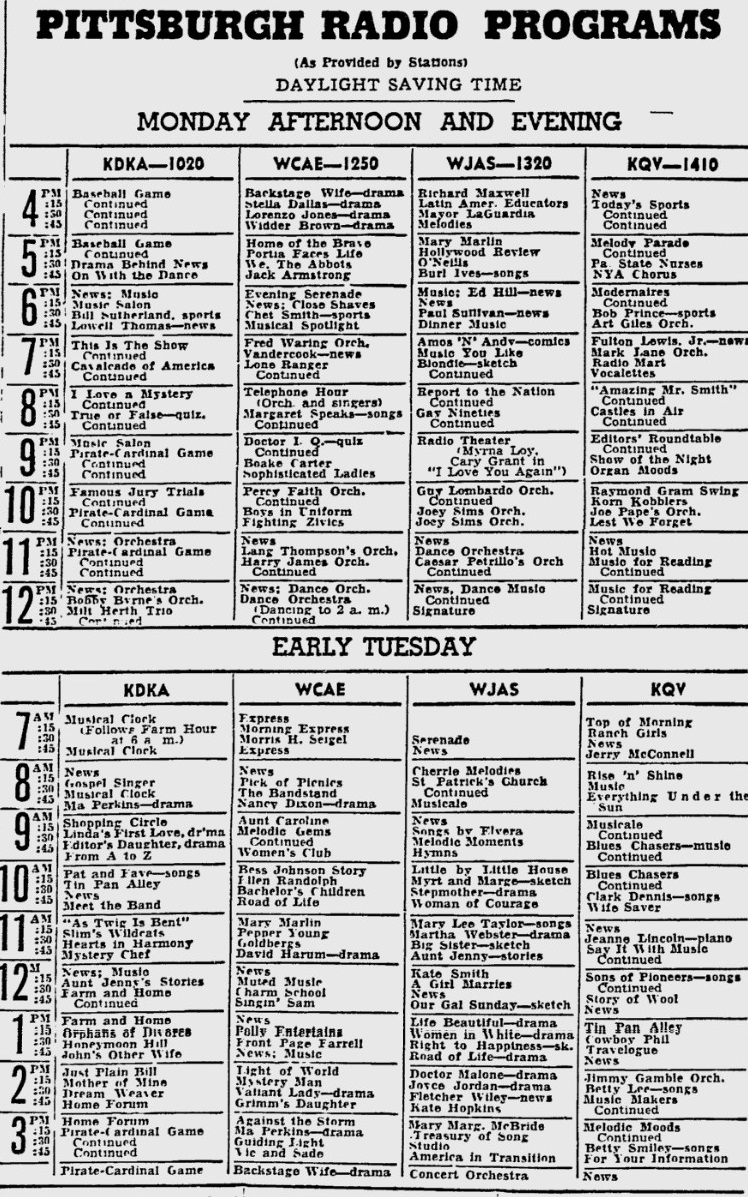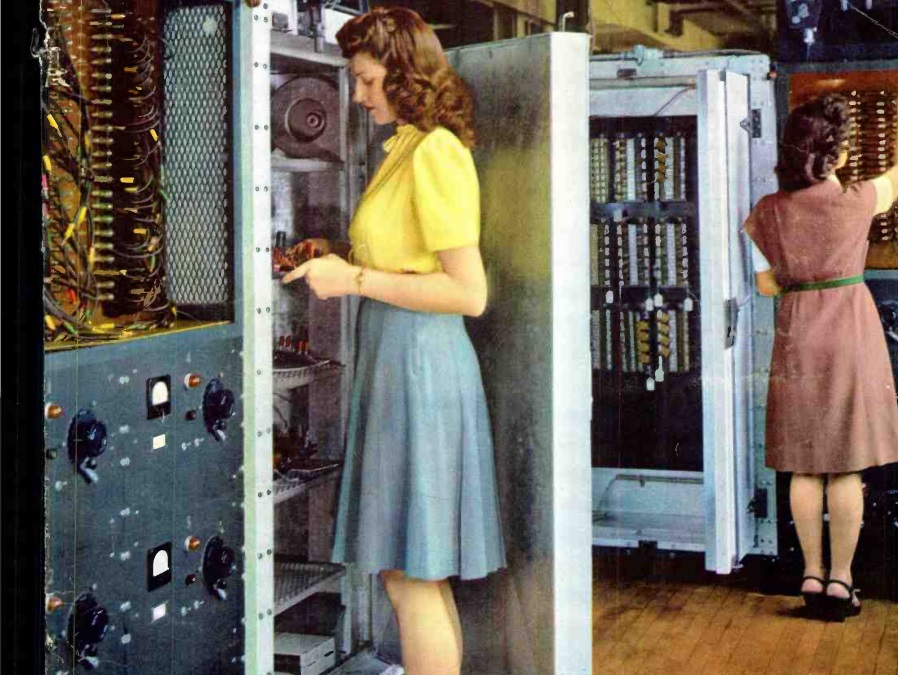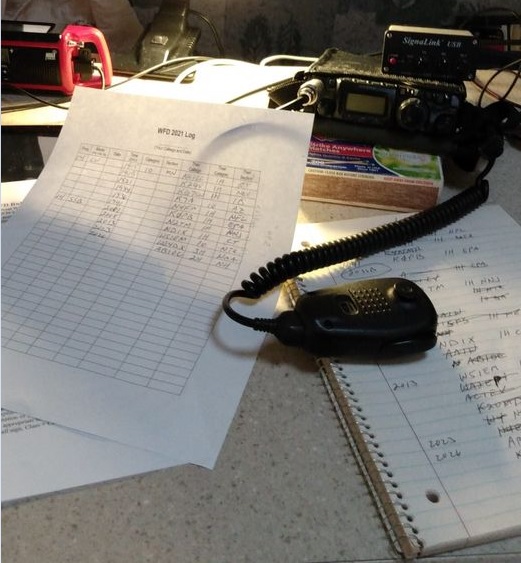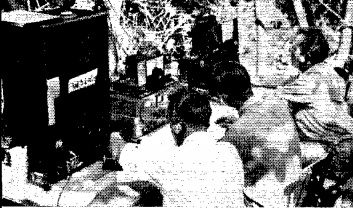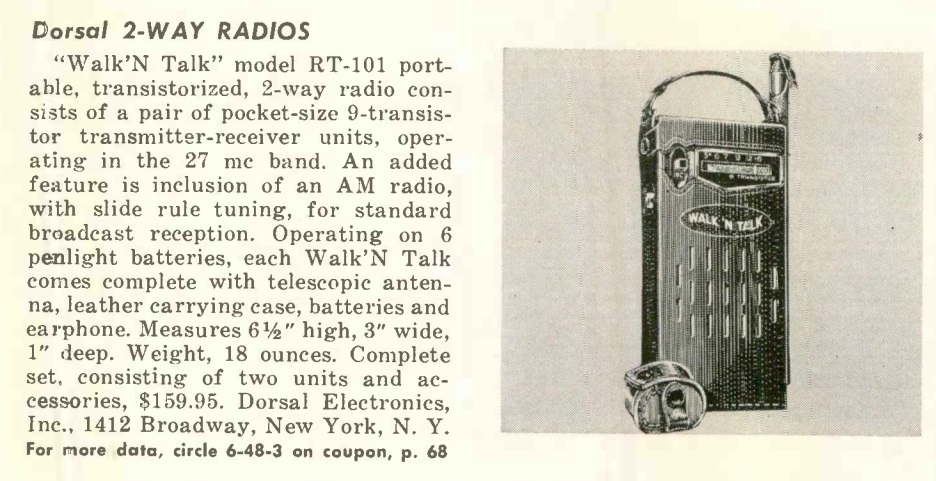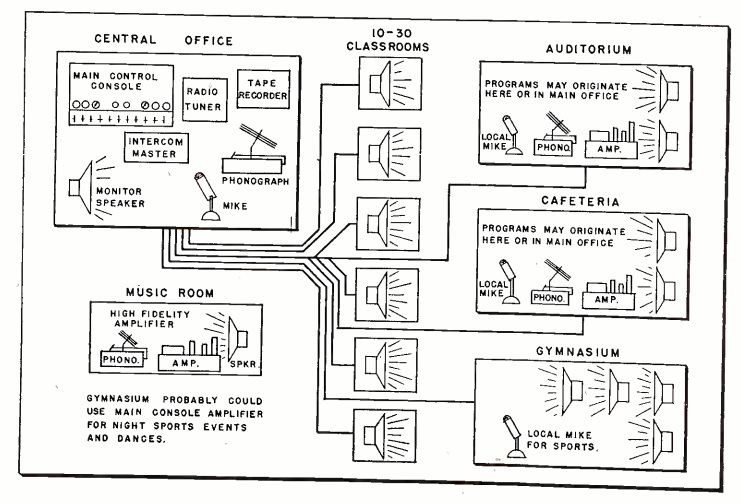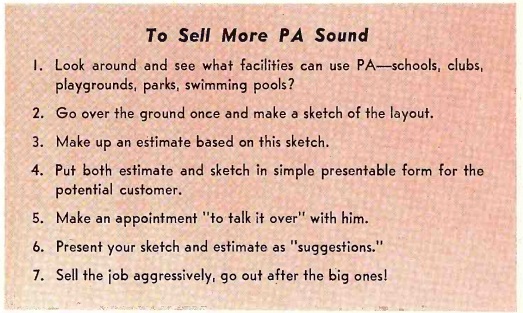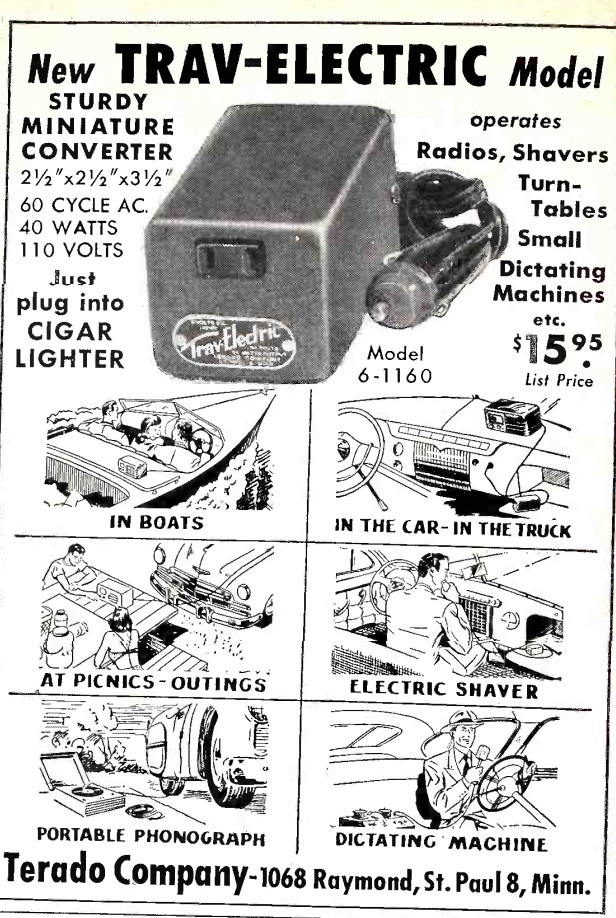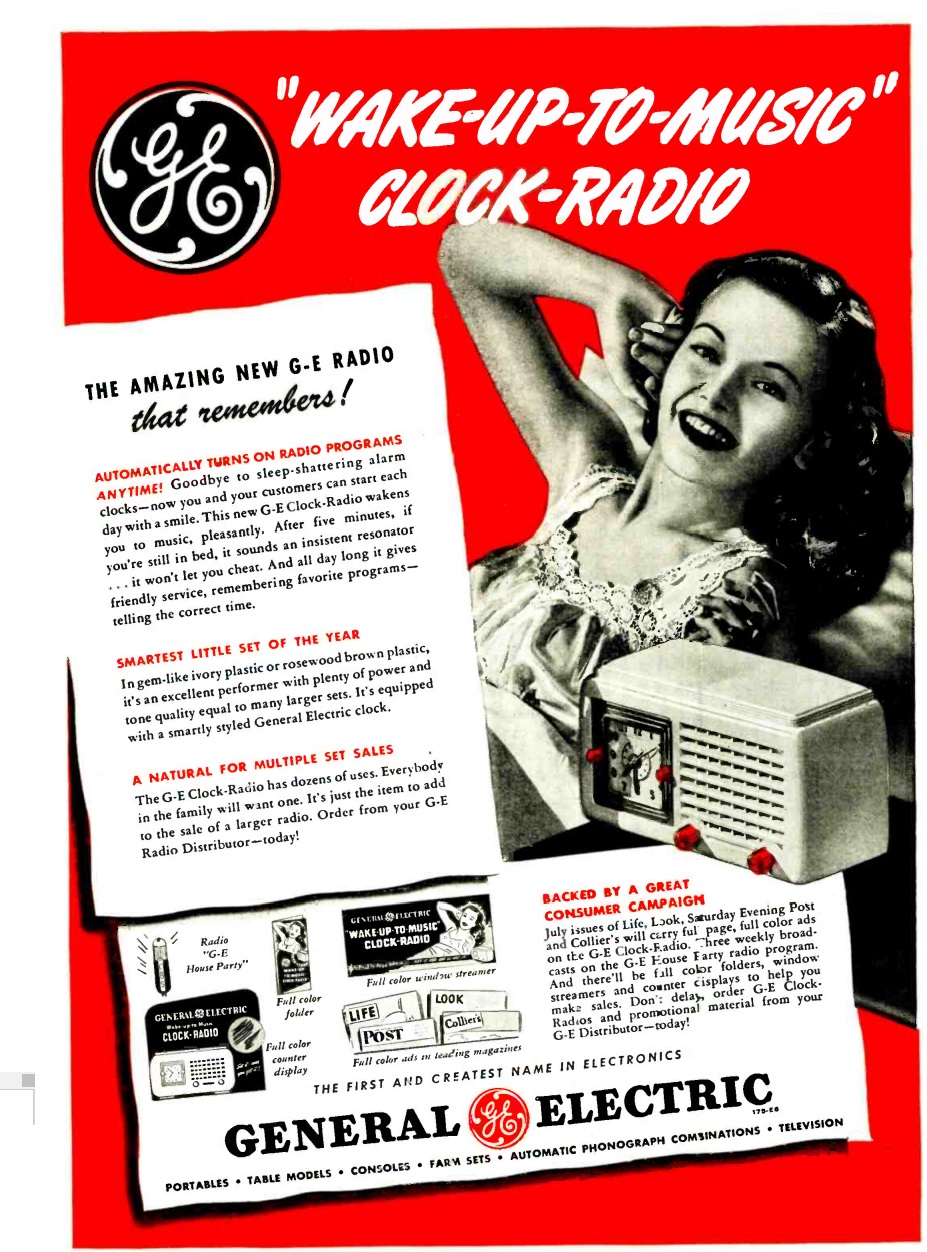Today marks the 70th anniversary of the Novice class amateur radio license, which was authorized by the FCC effective July 1, 1951. Actually, there were no novices as of that date, since it was a Sunday. But the first exams took place at FCC offices on July 2, and the first licenses started arriving in the mail a few weeks after that.
The novice license, which I earned in 1974, was an entry-level license, initially valid for one year, to give new hams a taste of on-the-air operation. It required a code test at just five words per minute, and a written test consisting of twenty multiple-choice questions. The material for the test came from a 28 question study guide that appeared in the June 1951 issue of QST. The questions weren’t very different from the ones I studied for in the 1970s, and in retrospect, they were pretty easy.
Novices were initially granted privileges on the 80, 11, and 2 meter ham bands. They were allowed CW (Morse code) only, but with voice allowed on 2 meters.


